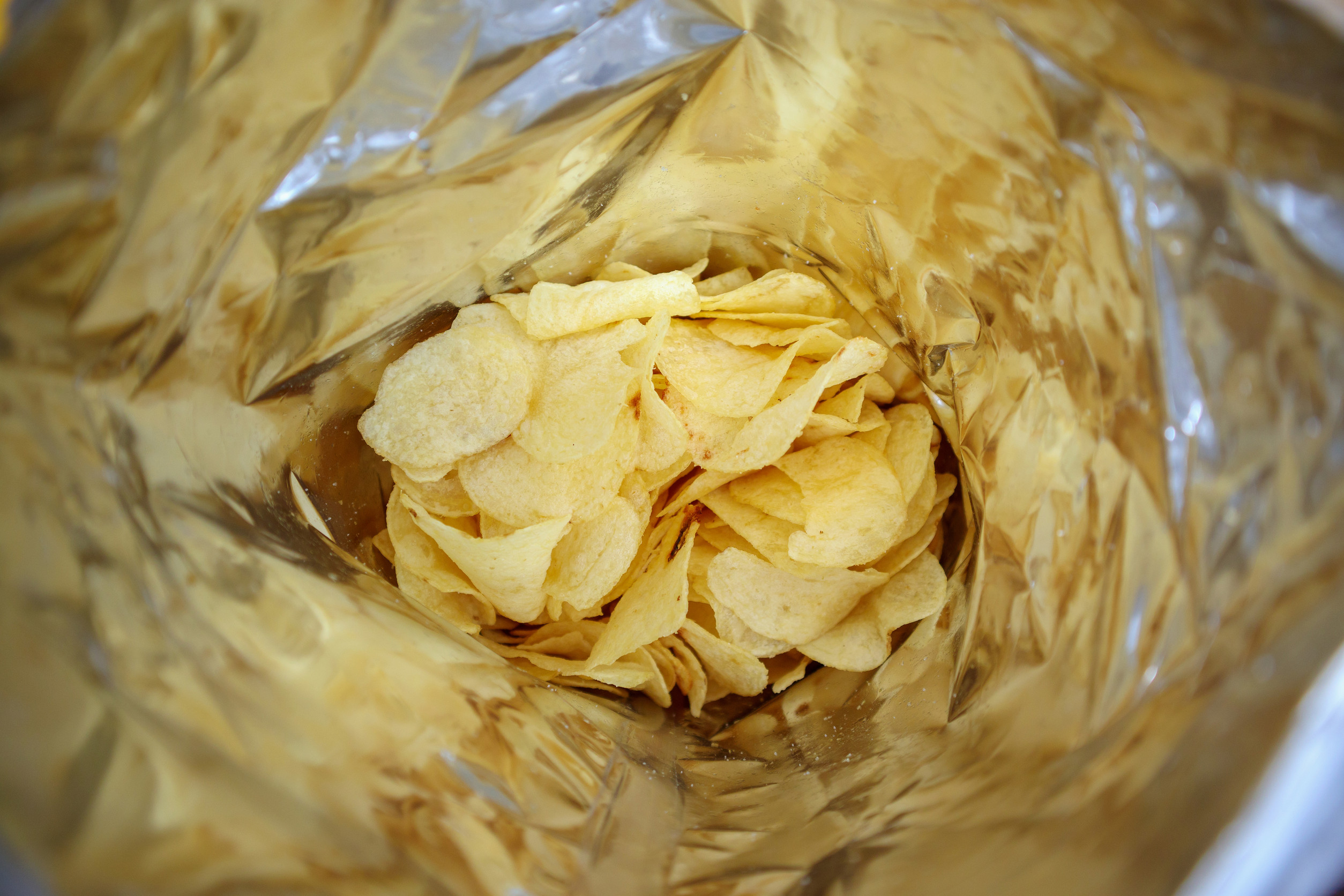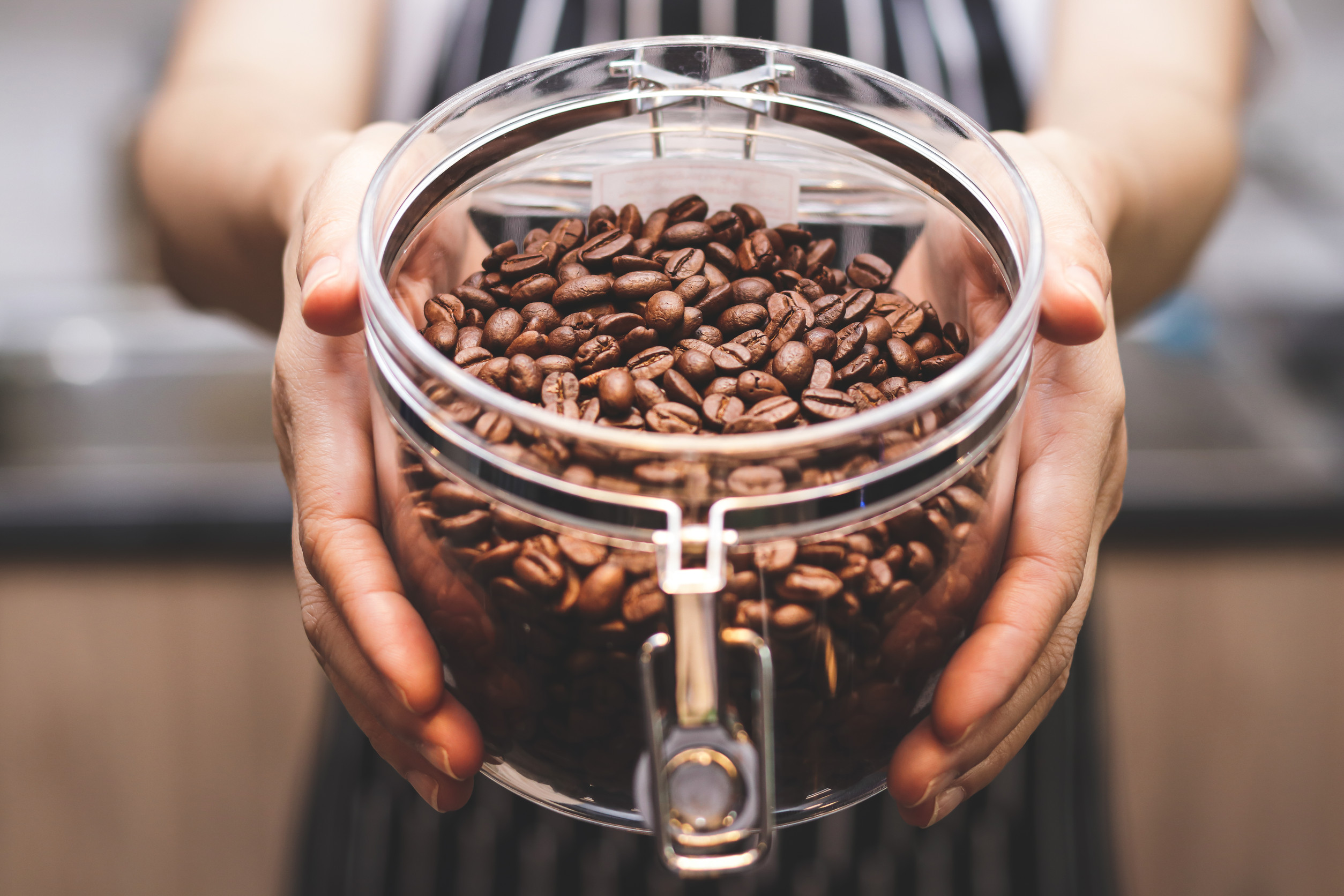
Image Source: 123rf.com
You’re spending the same—or more—but getting less. That’s shrinkflation in action, and it’s everywhere right now. While inflation raises prices outright, shrinkflation takes a sneakier route by reducing package sizes, quantities, or quality without changing the price tag. From chips to toilet paper, manufacturers are quietly trimming down products, hoping consumers won’t notice. But once you start looking for the signs, it’s hard to unsee how widespread this tactic has become.
1. Bags of Chips: More Air, Fewer Crunches
Chips might be the poster child for shrinkflation. Open a bag, and you’ll find it half full—if that. Brands are shrinking the actual weight of chips in each bag while keeping the size of the packaging the same. This illusion of value helps them dodge consumer backlash while still cutting costs. Keep an eye on the net weight in the corner—it may have quietly dropped from 12 oz to 10 oz or less.
2. Toilet Paper Rolls: Still Big, But Thinner and Shorter
Toilet paper brands aren’t making the rolls physically smaller—but they are reducing the number of sheets per roll or making the sheets thinner. Some companies now advertise “Mega Rolls” that are actually smaller than standard rolls from a few years ago. They use fancy buzzwords like “double” or “family size” to distract from the numbers. What looks like a good deal may actually be costing you more in the long run. Shrinkflation is alive and well in the bathroom aisle.
3. Ice Cream Containers: Downsized Scoops, Same Price
Ice cream cartons have gone from 64 oz to 48 oz, and now many brands sit at 14 oz instead of the old standard pint. The containers still look hefty, thanks to clever shaping and bold branding. But scoop for scoop, you’re getting less—and paying the same, or even more. This trick works because ice cream is usually sold by visual size rather than by weight. It’s a sweet example of shrinkflation that melts your money without you noticing.
4. Cereal Boxes: Taller Boxes, Less Inside
Breakfast cereal is another classic shrinkflation offender. Brands have increased the height of boxes and reduced the contents inside. What once was a 20 oz family-size box might now only contain 16 oz—even though it looks bigger. Many consumers only realize the change when they notice how quickly the box runs out. The key giveaway? Flip it over and check the serving size and number of servings per box.
5. Dish Soap Bottles: Same Shape, Less Liquid
Many household products like dish soap have quietly downsized. The bottles look the same, but the fluid ounces have dropped—sometimes by as much as 10%. Some brands even add a “new formula” label to justify using less product. However, in many cases, you’ll end up using more soap to get the same clean. Shrinkflation here hits your wallet slowly but steadily over time.
6. Coffee Canisters: Smaller Brews for the Same Bucks

Image Source: 123rf.com
Ground coffee used to come in full one-pound (16 oz) canisters, but most are now closer to 12 oz. That’s a full quarter of your coffee gone, often without any change to the packaging design. This is especially frustrating for households that brew daily and find themselves running out faster. The price stays the same, but your caffeine supply takes a hit. Shrinkflation even knows how to mess with your morning routine.
7. Candy Bars: Split in Two, Sold as One
Some candy bars that used to be single, solid bars have been split into two smaller bars inside the same wrapper. While it feels like a fun twist, the total weight is often less than the original. The packaging also makes it harder to compare old vs. new sizes. This tactic plays into the idea of portion control while quietly offering you less. It’s a sugar-coated version of shrinkflation at its sneakiest.
8. Yogurt Cups: Same Cup Size, Less Yogurt
Yogurt packaging has undergone slight shape changes to keep up appearances. Some cups have thicker bottoms or narrower bases, resulting in fewer ounces while maintaining shelf appeal. The difference might seem small—just 1 or 2 oz—but it adds up over multiple purchases. Next time you’re at the store, compare the net weight on your usual brand. You may be surprised by how much shrinkflation has crept into your fridge.
9. Paper Towels: Fewer Sheets, Bigger Claims
Paper towels are now sold with confusing unit counts—“6 = 10 rolls” or “8 = 12”—to make you feel like you’re getting more. In reality, many brands have quietly reduced the number of sheets per roll or made the sheets smaller. It’s harder to compare brands when the math is deliberately murky. This version of shrinkflation banks on the fact that most shoppers don’t count sheets. What you don’t notice at checkout, you’ll feel when the roll runs out faster than ever.
10. Snack Packs: Slimmed Down for “Portion Control”
Single-serve snacks are getting smaller, often under the guise of healthier portion sizes. But in reality, you’re getting less food for the same or a higher price. The packaging hasn’t changed much, and many people don’t notice until they open the bag. Whether it’s pretzels, crackers, or trail mix, snack shrinkflation is disguised as diet-friendly branding. Don’t be fooled—less food doesn’t always mean better value.
You Can’t Always Trust the Packaging
Shrinkflation is sneaky by design. Companies rely on busy shoppers to miss the smaller quantities and focus on brand loyalty or flashy labels instead. But as more people become aware, it’s easier to shop smarter by reading labels, comparing unit prices, and questioning marketing language. With a little extra attention, you can avoid falling for these tricks and keep more value in your cart. Don’t let clever packaging fool you—shrinkflation is real, and it’s costing you.
Have you noticed shrinkflation in your favorite products? Share the ones that surprised you most in the comments below!
Read More
10 Grocery Items That Now Shrink So Fast You Barely Notice
Why Arizona Shoppers Are Reporting New “Shrinkflation” Scams at Self-Checkout
